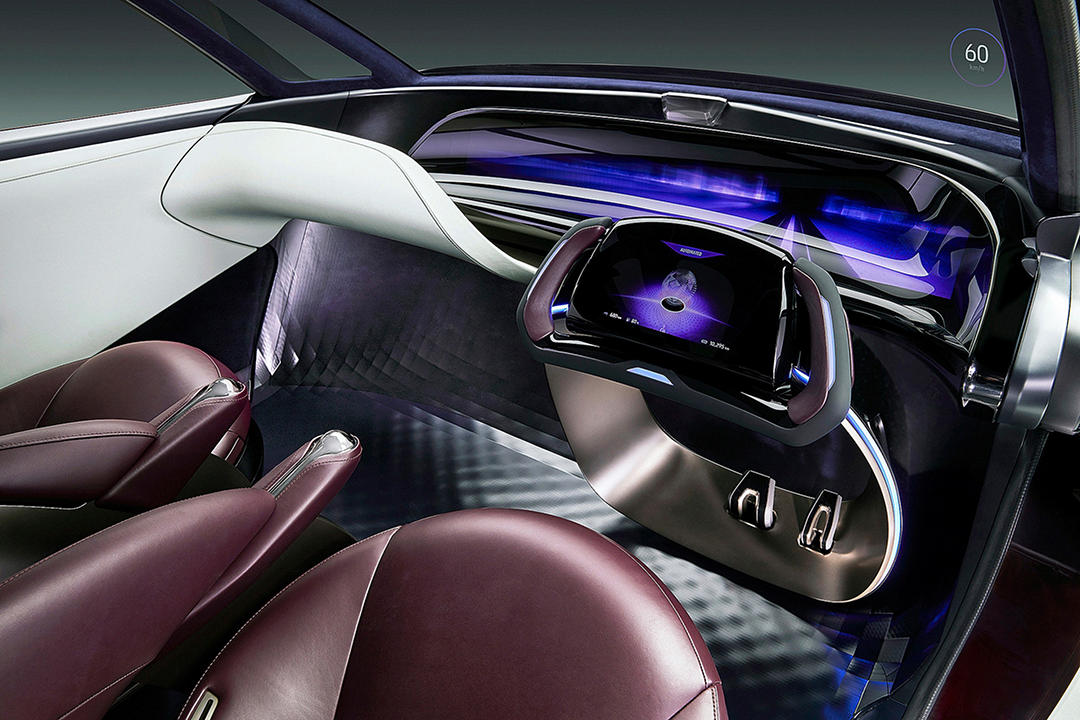LANGUAGES

How we sit in cars is helping us research new safety tests and design enhanced restraint systems for automated vehicles.
Jason Hallman, a Principal Engineer at the Toyota Collaborative Safety Research Center, is leading research that explores how passengers change positions and postures over the course of a drive and in emergency situations. In this interview, he discusses how his research is helping inform the next generation of safety restraint design.
What issue are you trying to address with your research?
Our goal is to understand what people do in their cars when they are not driving as we consider our approach to passenger safety designs in automated cars.
Current passenger safety regulations and ratings require that crash dummies remain in an upright posture, but vehicle passengers actually engage in a variety of activities in their seats, including checking their cellphones, eating, drinking, and conversing with other passengers. All of these activities may cause variations in postures from a strictly upright position.
My research examines different passenger positions to help inform the development of new tests, technologies, and tools that may enhance safety for passengers in a future automated vehicle environment.
How did you examine the various positions that passengers take in their cars? What have you discovered in your initial findings?
Working with the University of Michigan Transportation Research Institute, we installed video cameras in 75 vehicles to monitor the postures of over 300 front-seat passengers and observe how their postures changed over the course of almost 3,000 trips.
Our research found that behaviors vary depending on the length of the trip. On longer trips, the likelihood that someone will recline in their seat increases, while during shorter trips, conversations are more likely to take place. Knowing how often these various activities occur may help us prioritize future research and develop new safety devices and test methods in an automated vehicle environment.
How would you apply your findings to the future products?
We ultimately want to make our research and data available to the industry as a whole to help advance safety for the whole industry and society. As part of that effort, our data could be used with Toyota’s Total Human Model for Safety (THUMS), which is a tool used across the industry to simulate human body injuries caused by vehicle collisions on computer-based models. Toyota recently announced that this tool would be offered for free beginning in 2021.
What other safety-related research have you done on passenger postures?
We are examining passenger postures in a number of different scenarios to help enhance future safety systems. For example, we did another study in partnership with the University of Michigan that looked at how passengers responded to sudden vehicle movements to see how postures and positions change just before a crash. This study was designed to mimic an automated vehicle that might use sudden crash avoidance maneuvers to avoid a crash. If a crash were to occur, these kinds of maneuvers may put passengers in positions other a normal upright posture. If we are able to identify those positions, future safety devices could be improved to better optimize protection.
Using a vehicle designed to collect a wide range of anthropometric data from each passenger, including 3D body scans and passenger head movements, we observed volunteer passengers as they experienced unexpected and abrupt evasive maneuvers, including hard braking and swerving, while traveling at up to 72 kilometres per hour.
We found that passengers move in so many different ways during an abrupt vehicle movement that we were unable to predict all of the changes from the data we had. However, the information we collected has provided a rich data set that has helped us tune and refine our THUMS model.
Every effort has been made to ensure the product specifications, equipment, and content on this site are accurate based on information available at time of publishing. In some cases, certain changes in standard equipment or options may occur, which may not be reflected online. Toyota Canada reserves the rights to make these changes without notice or obligation.